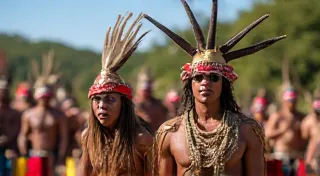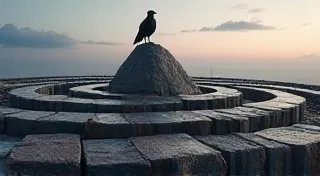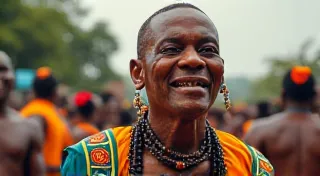Balinese Masked Dances: Unveiling the Spirits Through Art
The island of Bali, Indonesia, is renowned for its vibrant culture, and central to this rich tapestry are the mesmerizing Balinese masked dances. These performances aren't simply entertainment; they are profound rituals, weaving together mythology, spirituality, and exquisite artistry. For generations, Balinese mask makers and performers have preserved and passed down these traditions, creating a living testament to their cultural heritage. This article delves into the world of Balinese masked dances, exploring the characters, the masks themselves, and the deep significance of this captivating performance art. Beyond Bali, masks hold significant cultural meaning across the globe; consider, for instance, the fascinating traditions of Romanian mascarade masks, which showcase a different facet of this universal art form.
The Stories Behind the Masks
Balinese masked dances typically depict stories from Hindu epics like the Ramayana and Mahabharata, as well as local Balinese legends. Each mask represents a specific character, embodying their personality and role within the narrative. Understanding these characters is crucial to appreciating the dance’s meaning. Some of the most commonly portrayed figures include:
- Rangda: The demon queen, representing chaos and the dark forces. Her mask is often crafted with a fearsome expression, horns, and a wild, disheveled appearance.
- Barong: A benevolent spirit, often depicted as a lion-like creature. The Barong embodies protection and righteousness, often battling Rangda in a symbolic struggle between good and evil.
- Ksatria (Warriors): Masks representing noble warriors, often adorned with elaborate headdresses and weaponry. They portray courage, honor, and the fight for justice.
- Clowns (Topeng): These masks often portray comedic characters, offering moments of levity and satirical commentary within the larger narrative. The role of masks in conveying humor and satire echoes in traditions worldwide, as seen in the Corsican Revithas masks, known for their playful critique of society.
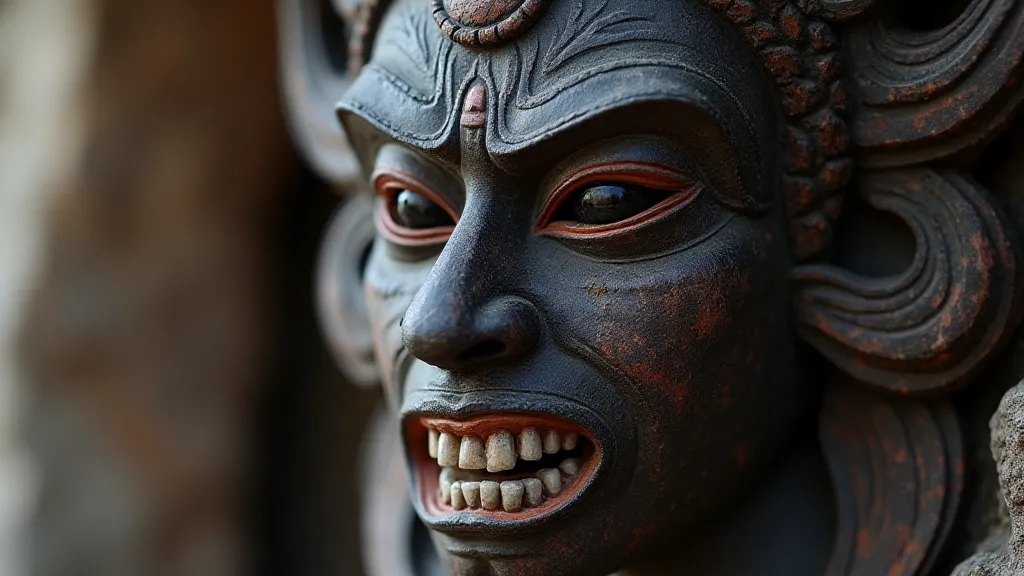
The Art of Mask Making
Creating a Balinese mask is a meticulous and spiritually significant process. Mask makers, often respected artisans within their communities, use a base of coconut wood, which is carved and shaped with incredible precision. The masks are then painted with natural dyes derived from plants and minerals, often employing vibrant colors that hold symbolic meaning. The dedication and skill involved in Balinese mask-making reflects a global appreciation for the craft, reminiscent of the profound connection between tradition and artistry found in other mask-making cultures, like those exploring masks in Samoan Siva Samoa dance.
The artistry extends beyond the carving and painting. The selection of colors is vital. Red represents anger and power, white signifies purity and spirituality, and black symbolizes darkness and mystery. Intricate details, such as elaborate headdresses and jewelry, further enhance the character's identity. The complexity and spiritual significance embedded within each mask are testaments to the dedication of the artisans who painstakingly craft them. The artistry isn’s solely limited to the aesthetic representation; it extends to embodying a spirit or a narrative.
The Dance Itself
The movements in Balinese masked dances are stylized and highly symbolic. Dancers wear the masks and embody the characters they portray, relying on subtle gestures and facial expressions (despite the mask's limitations) to convey emotion. Accompanied by the hypnotic sounds of the gamelan orchestra, the dance unfolds as a captivating narrative. The music isn't simply background noise; it dictates the pace and mood of the performance, further enriching the audience’s experience. The interplay between the dancer's movements and the gamelan music creates a synergy that transcends simple performance, producing a deeply immersive experience.
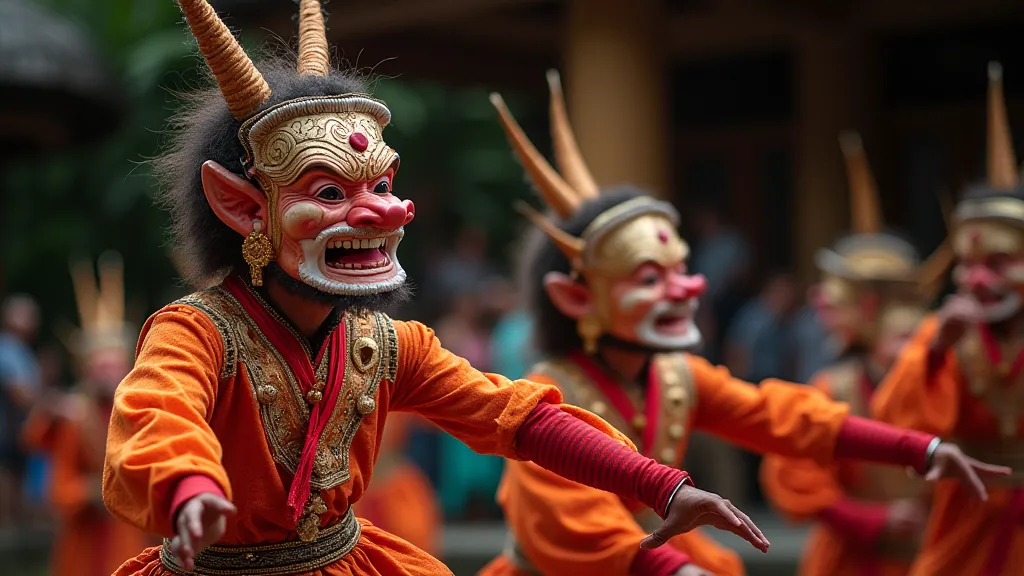
Materials and Techniques: A Deeper Dive
The choice of materials in Balinese mask making isn’t arbitrary; it's rooted in cultural significance and practical considerations. Coconut wood, readily available on the island, is prized for its ease of carving and its ability to hold intricate details. The natural grain of the wood contributes to the mask's character, adding depth and texture. The dyes used are traditionally derived from plants and minerals, creating a palette of earthy tones that harmonize with the island’s landscape. Turmeric lends a vibrant yellow, while indigo provides a rich blue. These natural pigments not only create beautiful colors but also contribute to the masks’ spiritual resonance.
The carving process is an art form in itself, requiring years of training and a keen eye for detail. Apprentices learn from master carvers, patiently honing their skills. The masks are often carved in a single piece, minimizing the risk of cracking or breakage. Once the carving is complete, the mask is meticulously sanded and polished, preparing it for painting.
The Symbolic Language of Color
Beyond the physical creation of the masks, the colors employed carry a profound symbolic language. As mentioned previously, red represents anger and power, a fitting choice for characters like Rangda. White signifies purity and spirituality, often used for benevolent deities and protective spirits. Black symbolizes darkness and mystery, appropriate for characters associated with the underworld. However, the meaning isn't always straightforward; the context of the dance dictates the interpretation. For example, a character might wear a combination of colors to represent a complex personality.
The choice of headdress and jewelry further enhances the character’s identity. Elaborate headdresses signify status and power, while jewelry symbolizes wealth and beauty. The overall effect is a visually stunning display of artistry and cultural significance.
Preserving a Living Tradition
Despite modernization and globalization, Balinese masked dances remain an integral part of Balinese culture. Dedicated communities and organizations work tirelessly to preserve this precious heritage, passing down the skills and knowledge from one generation to the next. Efforts are made to ensure that the authenticity and integrity of the dances are maintained, protecting them from commercial exploitation and cultural dilution. The dedication to preserving these traditions highlights the importance of cultural heritage and the need to safeguard it for future generations. It reminds us of the fragile nature of cultural practices and the collective responsibility to protect them.
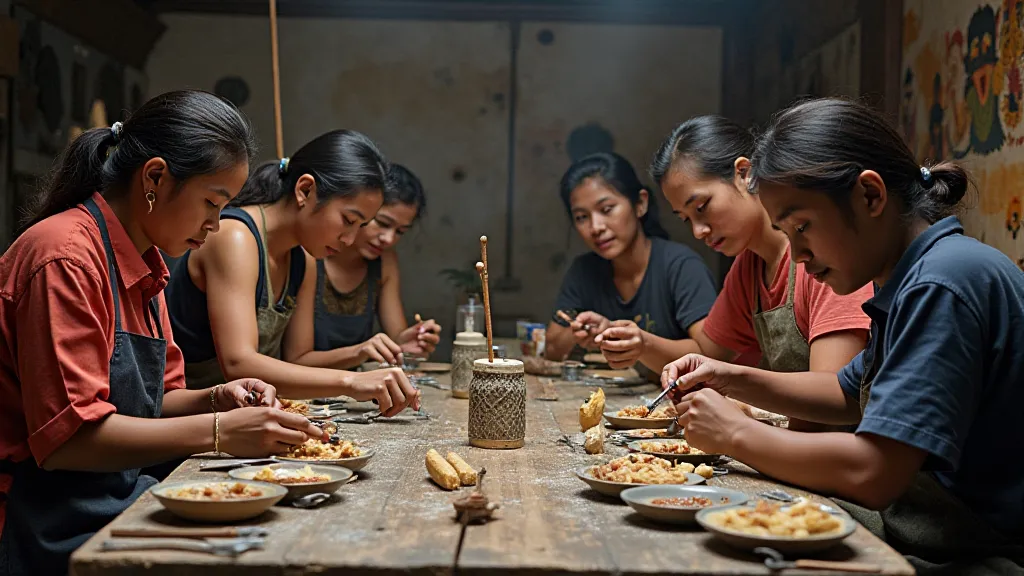
The Future of Balinese Masked Dances
The enduring appeal of Balinese masked dances lies in their ability to transport audiences to another realm, a world of myth and legend. While modernization presents challenges, the future of this art form looks bright, thanks to the dedication of Balinese communities and the growing interest from tourists and scholars. New initiatives are being explored to support mask makers and performers, ensuring that this precious heritage continues to thrive. These include promoting mask-making workshops and creating opportunities for dancers to showcase their talents on a global stage.
The influence of Balinese masked dances can be seen in contemporary art and design, inspiring new forms of expression. The intricate patterns and vibrant colors of the masks are being incorporated into fashion, jewelry, and other creative endeavors. This fusion of tradition and innovation is helping to keep the spirit of Balinese culture alive and relevant in the 21st century.
Conclusion
Balinese masked dances are a profound expression of Balinese cultural heritage, seamlessly blending storytelling, artistry, and spirituality. The masks themselves are works of art, each imbued with symbolic meaning and meticulously crafted by skilled artisans. Witnessing a performance is to step into a world of myth and legend, a vibrant testament to the enduring power of tradition and the beauty of human expression. Their continuation ensures a connection to the past while inspiring future generations. The rich tapestry of global mask traditions demonstrates the enduring power of disguise and representation across diverse cultures, as exemplified by the intricate details found within modern mask making practices.
